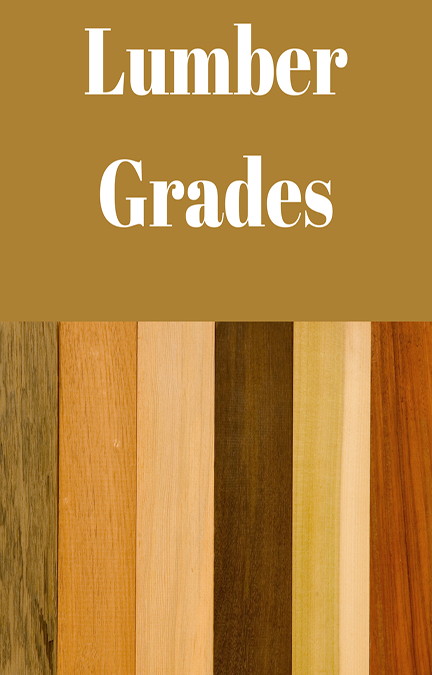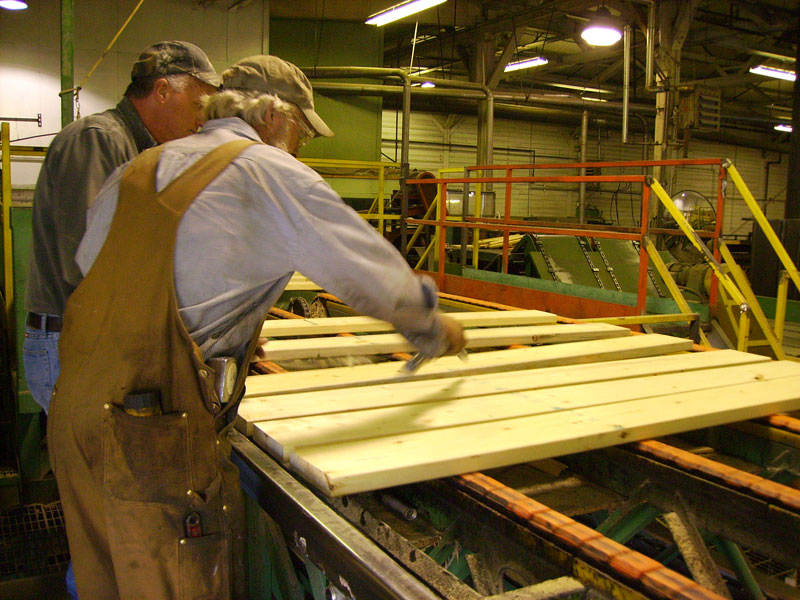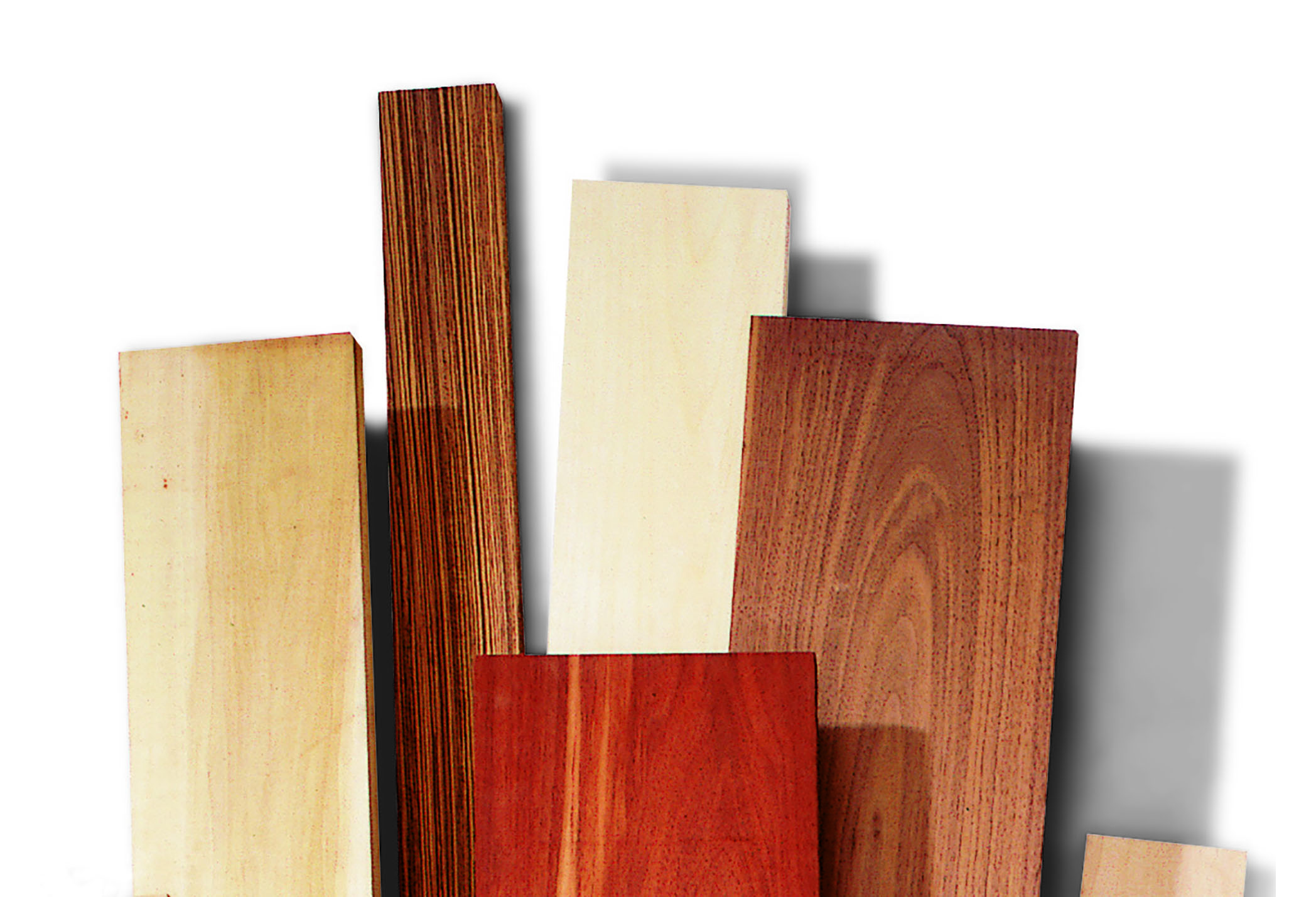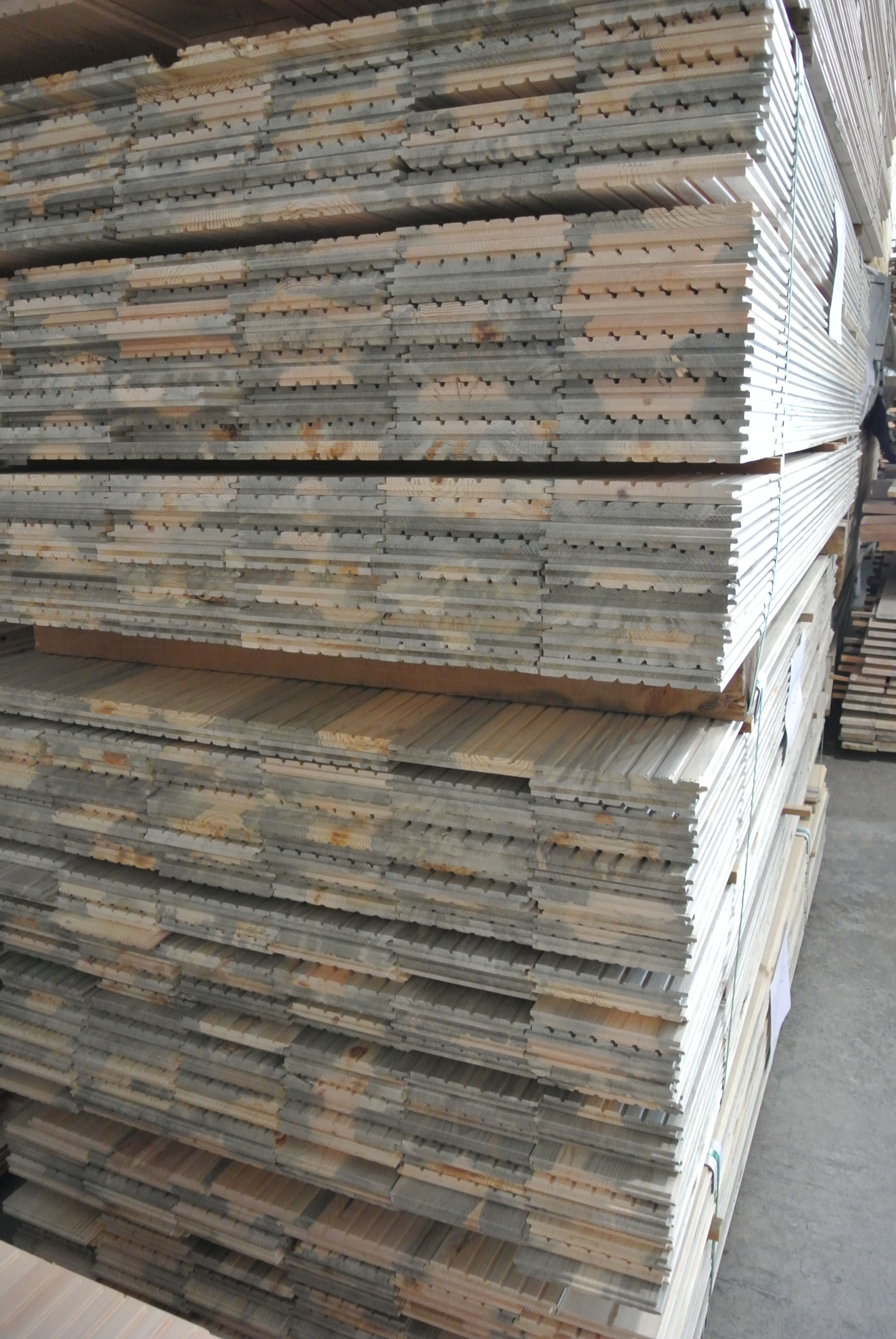Maximum Cuttings Hardwood Lumber Grades

Lumber is graded based on the quality and appearance of the wood.
Maximum cuttings hardwood lumber grades. Hardwood lumber is normally graded from the poorer quality face with a few exceptions such as 1f selects and surfaced lumber. Then calculate the cutting area. Board length feet min. The grade name simply designates the percentage of clear wood in the board not the overall appearance.
A cutting that is 5 1 2 inches wide and 4 1 3 feet long is 6 1 2x4 1 3 28 1 6 cutting units. The common grades are likely to be most suitable for the cabinet industry most furniture parts and flooring. Grading designation depends on the number of defects in a board. The grading of hardwood reflects that.
The actual number is usually fewer. Hardwoods are graded by the national hardwood lumber association. Explore the use of the common grades to achieve the most value considering lumber cost and yield. Each grade of hardwood lumber is determined by the size and number of clear wood cuttings which a board will yield when cut up and used in the manufacture of a hardwood product.
Measure cutting width using inches and fractions and length using feet and fractions. Locate cuttings to obtain the maximum area. Here s a chart to help explain the grading system. Grades are listed from highest to lowest.
A lower grade can be perfectly acceptable depending on placement and usage. Hardwood grading for lumber considers the size and number of pieces or cuttings which may be yielded during the creation of a hardwood product. The maximum number of cuttings allowed depends on board size. Make sure the cuttings sizes are not below the minimum size for the trial grade.
The grading system is based therefore on the measurable percentage of clear wood that is defect free for each of the grades. Grade lumber requirements min. An overview of lumber grades and wood quality. These depend on various factors like the type of wood used and the number and types of defects if any.
Before we get into the different grades of lumber let s take a look at the various defects you may find in a piece of lumber. It is based on the number and size of the clear face cuttings rectangular pieces free of defects on the graded side that could be cut from the board being graded. For complete details the grading rule book can be purchased from the national hardwood lumber association. Summary of the nhla hardwood lumber grading rules.
Worth noting is the fact that once re sawn the cuttings obtained from the common grades will be the same clear wood as the upper grades but in smaller shorter and or narrower cuttings. The other side of a clear face cutting may contain defects as long as they don t affect the strength of the cutting.














































